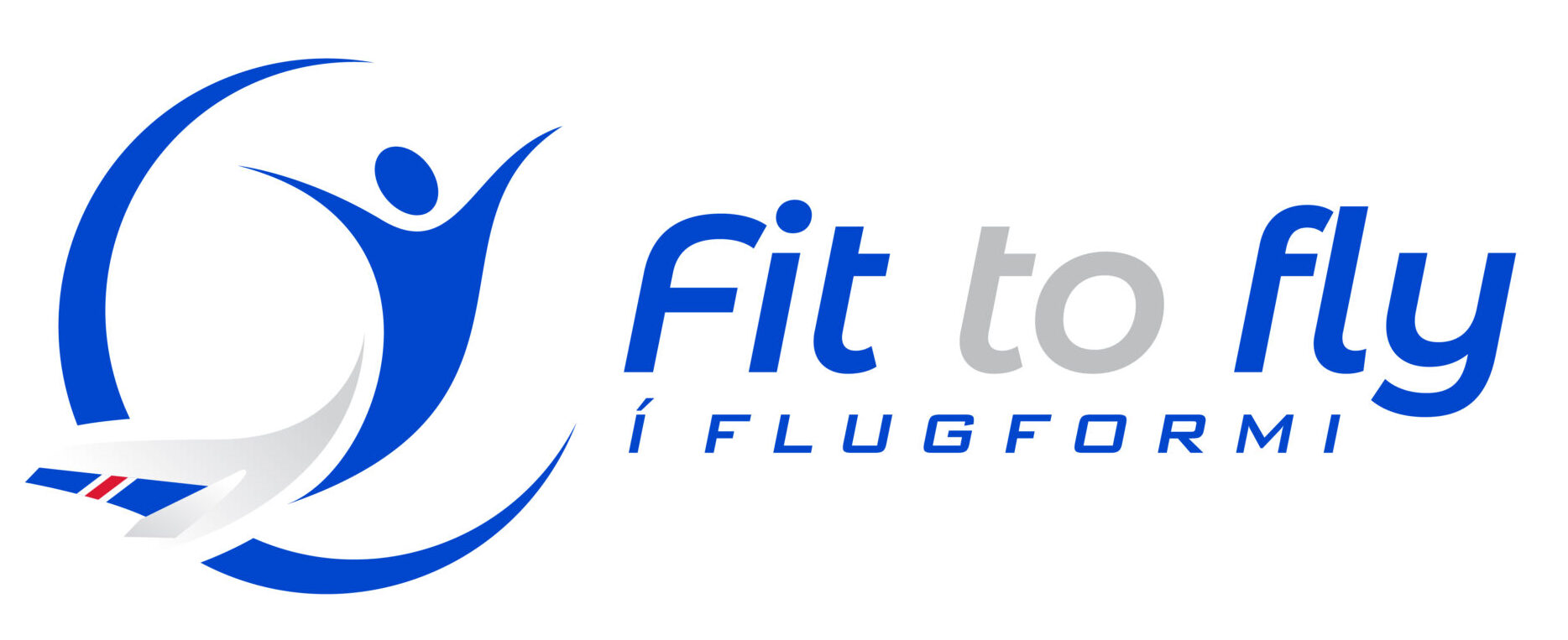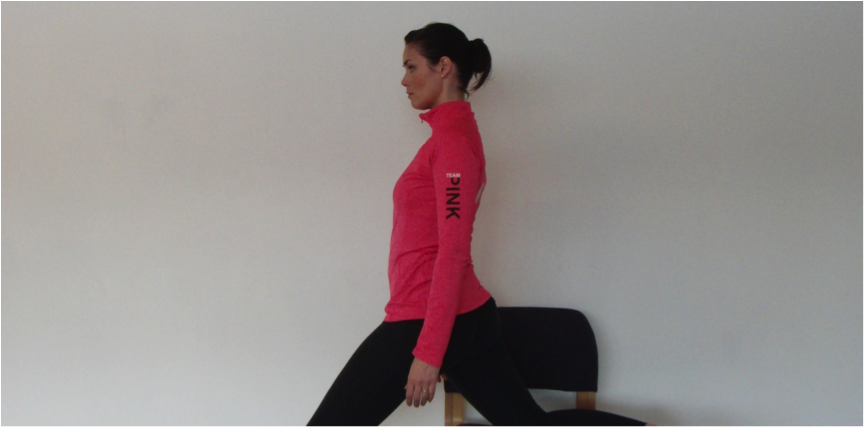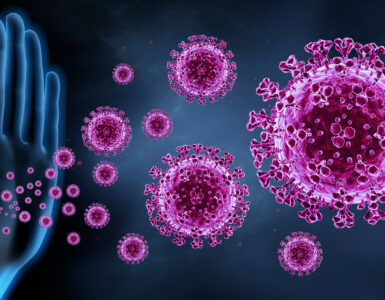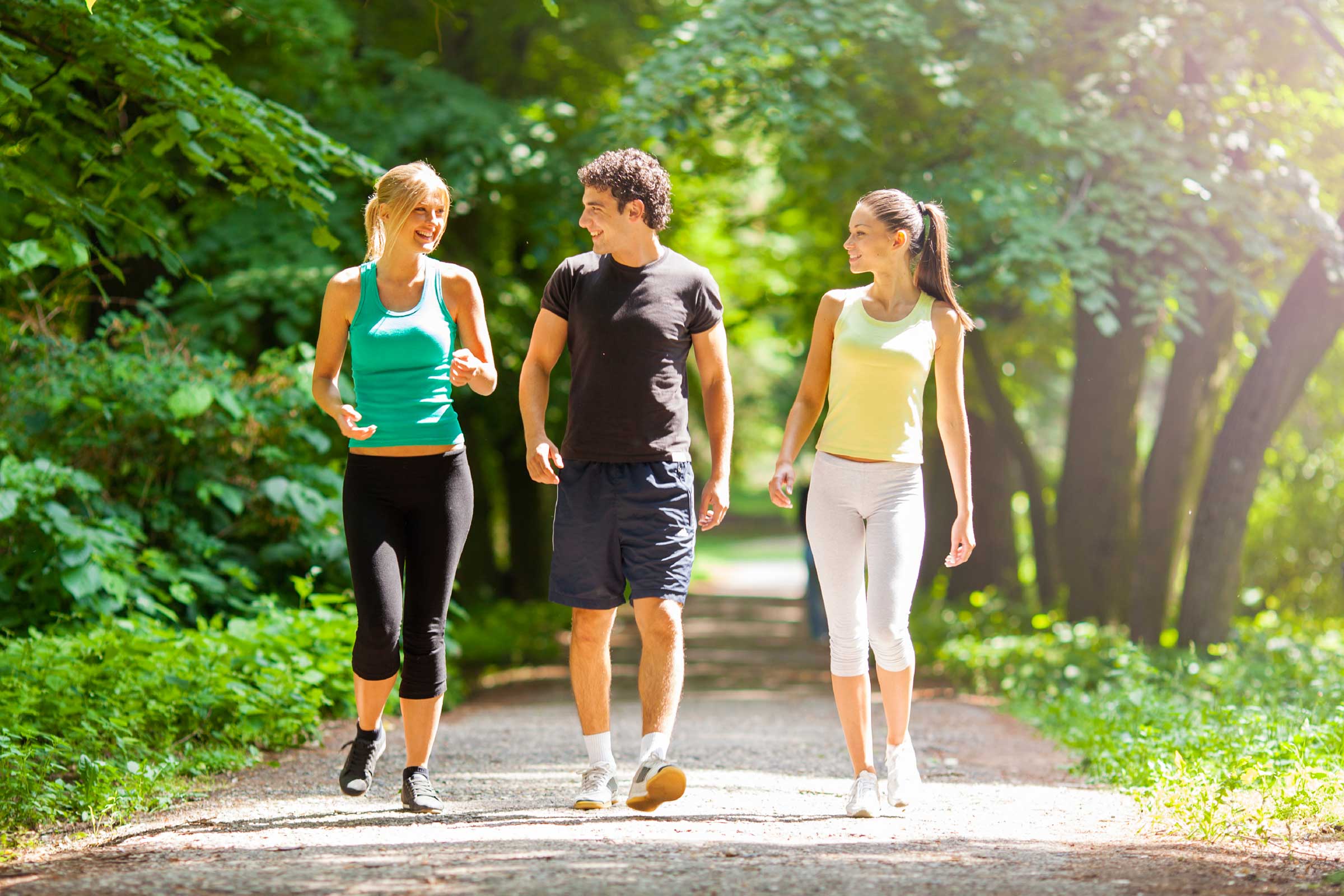I was recently browsing on TED, looking for any interesting and enjoyable lectures when I happened on one. A simple quote sits in my mind and is as follows: “Sitting is the new smoking, but you’ve got options”.
You know as well as I do that smoking is unhealthy and can result in numerous lifestyle-linked diseases that I am not going go into here. But do you know what? Sitting for hours on end has, in fact, significantly harmful effects on our body as well, and I would like to get you to think a bit more about the importance of standing up, straightening up and moving about on a regular basis.
“Sitting for hours on end is as dangerous as smoking”?
The thing that smoking and long-term sitting have in common is that both have negative effects on our cardiac, vascular, respiratory, nervous and muscular systems. The body’s systems are absolutely fabulous but not perfect. They cope badly with repeated over- or under-use.
Basically, it is all about biophysics, and our bodies are little different from machines in which all bolts, screws, washers, wires and fluids need to be in order for everything to work properly. Large veins lie from our hearts, including arteries to the lower part of the body. We particularly want these arteries to be in good order, as they carry oxygen-rich blood from the lungs to smaller veins that transfer the oxygen to e.g. muscle cells in the calf muscles.
From the time that we awake in the morning until we lie down to sleep in the evening, blood has accumulated in our lower extremities simply because we are either in an upright or seated position the entire day and Earth’s gravity tends to draw all mass toward itself. We may even experience considerable tiredness, irritation and/or fluid retention in the feet and legs. Moreover, long-term blood accumulation in the lower extremities can cause the formation of blood pools. I don’t know about you, but I don’t think it sounds particularly good to collect blood pools in my legs just because I sit too much. The flow of blood, therefore, will not be good enough in the long term, and this can have an effect on the function of the muscles.
We do not become particularly energetic after prolonged periods of sitting down, given that it does not require any effort to sit still on one’s bum. By exercising, we train our lungs and use our lung capacity much better. The great thing that happens then is that the oxygen that we breathe in gains better access to the alveoli and then to the heart muscle, which then pumps the oxygen-rich blood out to the body’s working tissues such as the muscles. Thus, if oxygen has difficulty in getting to the muscles, the results are not to our advantage. It should be obvious that if the machine does not get enough lubrication, it will break down.
Our muscles are working tissues
We seldom sit with our spine in the correct position, and this has a considerable effect on our spine. We are likely to develop certain motion-related syndromes that have clear effects on our upright position, such as too much curvature of the thoracic vertebrae and back twist of the pelvis. Slowly but surely, the muscles and tendons that lie in front of and on the pelvis become shorter, as do those on the back and sides of the thighs. These developments are harmful to the musculoskeletal system in the long term.
You could imagine that all the joints in your body are like links in a chain. If one link does not work as it should, this will affect the links on either side and may even affect links further on. Thus, if one link is very stiff and rusty due to lack of use, this will have an effect on the next link, which will generally have to take up the slack for the previous link’s lack of function. This is similar to what happens to us and our joints. If the hip joint and pelvis are stiff, this will affect the knee joints and the vertebrae of the lower back, which are links that need to be stable. There is a term that precisely defines this mechanism in the body, i.e. “related agility”. This term means that if there is stiffness in the musculoskeletal system, the body will try to regain its agility by abusing other areas, joints that are not designed to meet the same requirements for agility. Our lower back is, unfortunately, an example of such an area and is the link in the musculoskeletal system that is subjected to the greatest stress if we are stiff in other areas.
As a result, we are responsible for creating our own musculoskeletal problems, which more often than not manifest as back pain, usually in the lower back, and stiffness in the pelvic region and knee joints.
Maintain the health of your muscles by straightening up and exercising
Our muscles continuously work to keep us upright and make it possible for us to move about. In order to move our muscles, we need to stimulate our nervous system. Sitting down for long periods can reduce the ability of the nervous system to activate certain muscles. There are groups of muscles around all joints, and each group has its own role. The main muscles are responsible for certain movements, antagonistic muscles handle antagonistic reflexes to the main muscles and then there are support muscles to perfect the movement. If the main muscle does not receive sufficient stimulation from the nervous system, the antagonistic muscle takes over in performing the movements, as do the support muscles. These two groups are not designed to perform the same movements and with the same power as the main muscle, in which case a condition called “muscular imbalance” occurs. This imbalance must be corrected with stretches and targeted exercise.
In plain terms, this means, for example, that sitting for long periods can cause shortening and stiffness to occur in the posterior thigh muscles, relaxation of the large posterior muscle, development of lower back pain and may even sprain the back of the thighs by simply running after a ball. Not good!
Straighten up and be upside down every now and then
I would like to end this paper by providing a few good, simple exercise tips that you can do daily and many times a day to strengthen your systems. The exercises do not need a lot of space and can easily be carried out, EXCEPT…you will need to stand up. Good luck!
Calf presses
- Take off your shoes and preferably be barefoot if you can.
- Stand with your right foot in front of your left foot, approx. 2–3 hip-widths apart.
- Lift yourself up onto your toes, move your weight onto your toes, lift your heels as high as you can and then slowly go back down again.
- Switch feet and do 15–20 repetitions for each foot.
Split position
- Stand with your right foot in front of your left foot, approx. 2–3 hip-widths apart.
- The front knee should be directly above the ankle.
- You should be on your tip-toes on your back leg.
- Your weight will seek equilibrium straight downwards when you bend both knees; keep shoulders directly above the hips.
- Switch feet and do 15–20 repetitions for each foot.
Hip area stretch
- Stand with your right foot in front of your left foot, with your left knee on a chair well behind the hips.
- Angle your left foot slightly inwards to get a slight twist on the thighs.
- Bend the knee of right leg slightly and seek to ensure that both pelvic bones face straight forward.
- Tighten your left buttock muscle and push that hip forward to form greater tension and stretch at the front of the hip area. Care must be taken not to lean backward; always keep shoulders directly your above hips.
- Switch feet. Maintain each position for approximately 30–40 seconds or longer if you are able to.
Yoga – stretch for chest, back thigh and back muscles
- Your feet should be just over shoulder-width apart.
- Link your hands behind your back or hold something to get your hands behind your back (hook your thumbs together or hold onto a small towel).
- Place your weight on your heels and lean forward from the hip with a straight back. A good idea is to imagine a rope attached to your tail bone and that someone is pulling on the rope. It is best to have a 5–10° bend in the knee to avoid stretching in the hamstrings.
- Where the stretch is greatest, allow yourself to take a deep breath and then slowly exhale, allow your head to hang and lift your arms gently up from your back toward the ceiling.
- Hold the stretch for 30–40 seconds, or as long as you feel comfortable with.
- Without disengaging the hands, straighten up slowly and then separate the hands.
Author: Birna Markús, Head Trainer of Kine Academy and Master’s Student in Sports Science and Training at Reykjavík University















